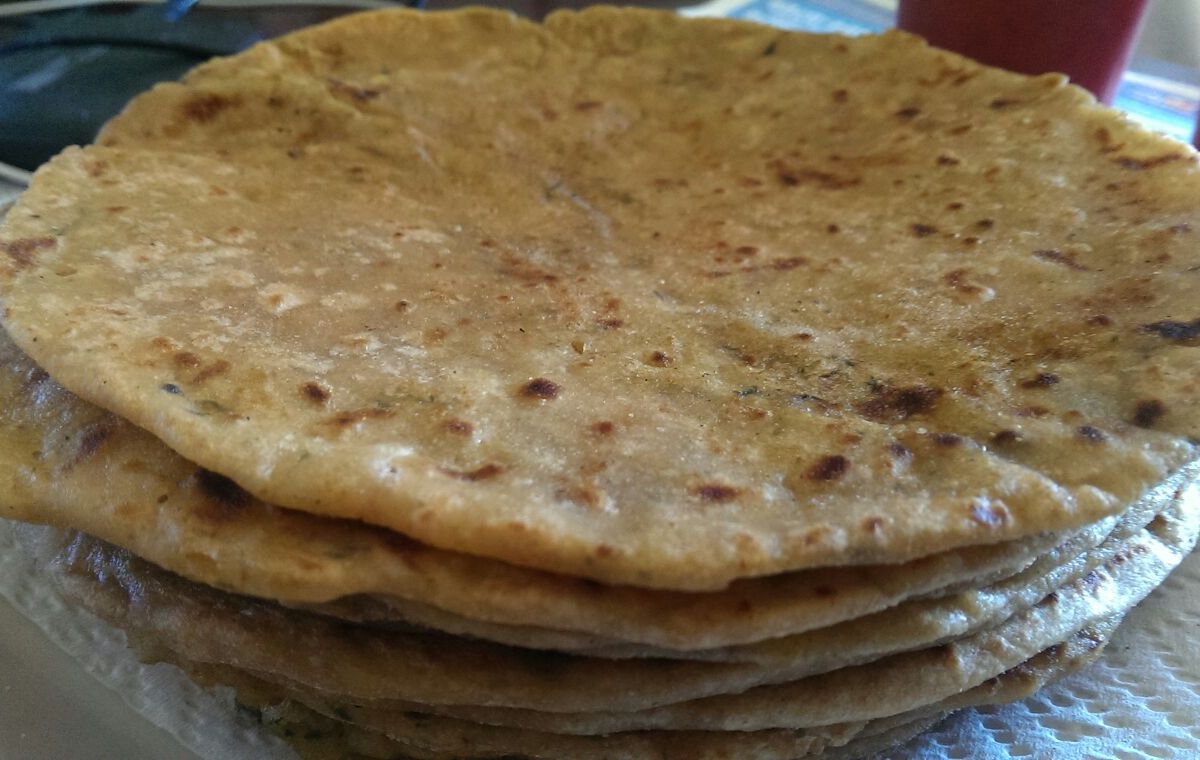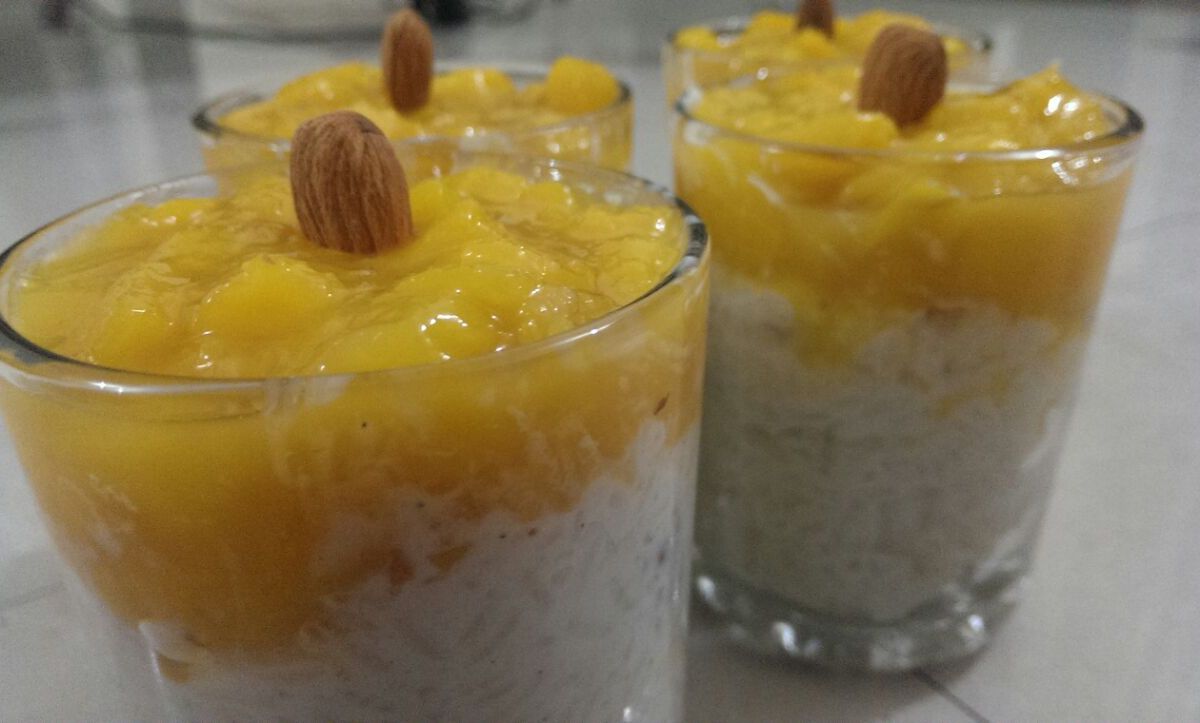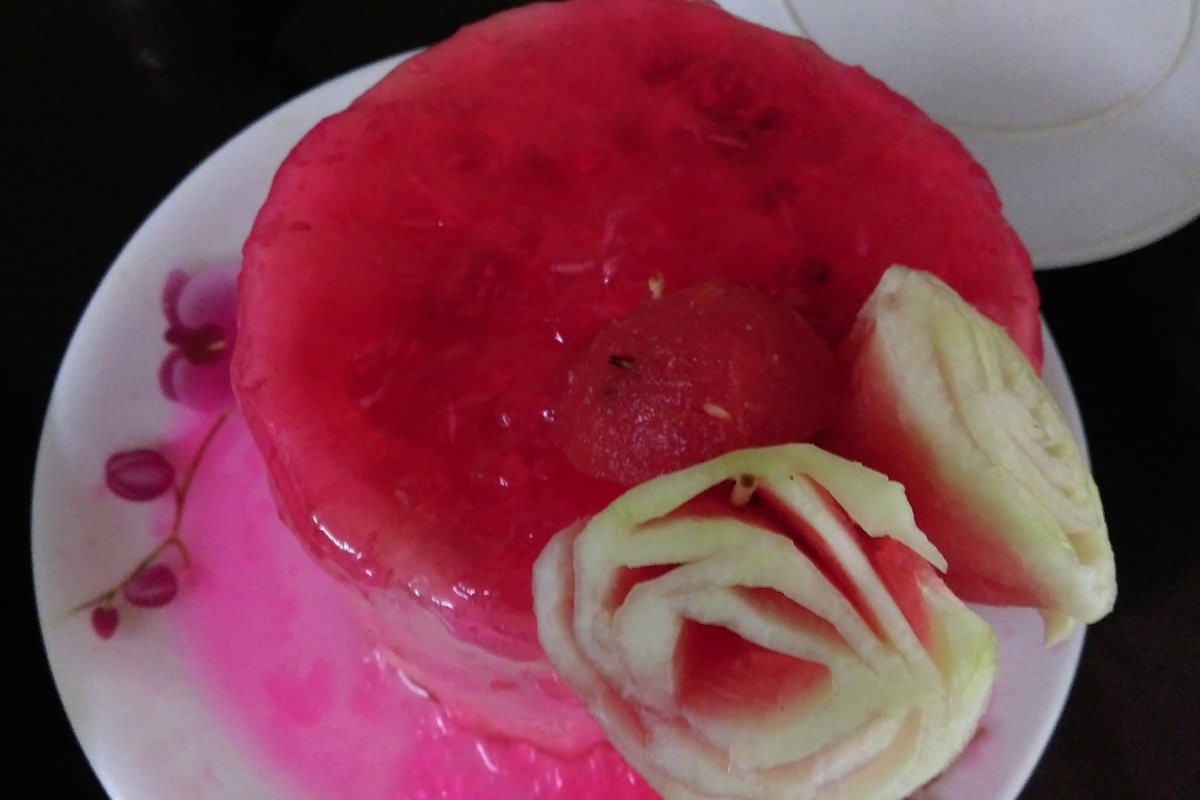OMG!. Revisiting the blog after a very long time. And yes I have missed it so much!!. It was not the case that I had stopped cooking. Health issues and time was just not right. Experimenting with food though has continued and I can’t wait to share my experiences with all of you.
This little risk was taken in order to healthify the term “chocolate brownies” as much as possible. This occurred by replacing ingredients with healthy ones. And the result was satisfying. Although I must warn you that taste would be not what we are used to. But I assure you of a perfect texture and a bunch of tasty healthy brownies. Following is the recipe. I would love to get your feedback on this both critical and positive. Thank you for stopping by.
Ingredients:
3/4 cup whole wheat flour
2 1/2 tablespoons of milk powder
4 tablespoons of Hershey’s unsweetened cocoa
Organic jaggery equivalent to sugar (as per your taste – this requires some adjustments)
3 tablespoons of yogurt
1/4 teaspoon of baking powder
1/4 teaspoon of baking soda
3 tablespoons of olive oil.
4-5 roughly chopped walnuts
4-5 roughly chopped Dates.
1-2 tablespoons milk
Recipe:
- In a bowl sift flour, milk powder, cocoa, baking powder and baking soda together so they mix well.
- In a small pan heat olive oil on a medium flame. Heat roughly chopped jaggery pieces to it. Stir till jaggery melts. The purpose here is just to melt jaggery so that it mixes uniformly in the batter. Please use low to medium flame and avoid any overcooking.
- Add the jaggery mixture to the flour mix. Add rest of the ingredients and mix well.
- Adjust consistency with some milk.
- Transfer the batter into a greased square baking pan. Smoothen the surface with a spatula.
- Bake at 385 degrees Fahrenheit for 35-40 mins. Check by inserting a knife or toothpick.
- Let it cool for 8-10 mins outside the oven and then cut into square brownies with a knife.




















